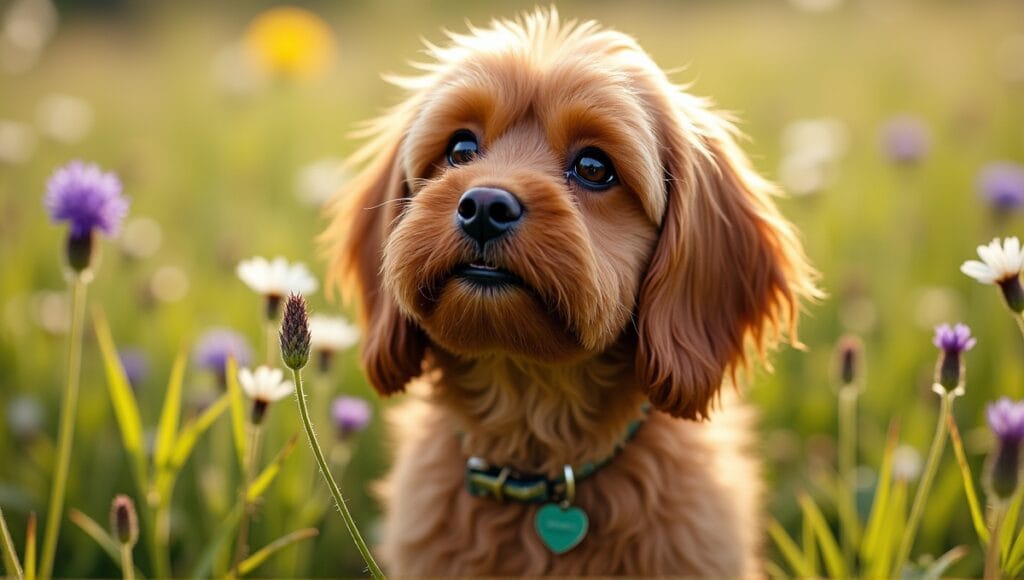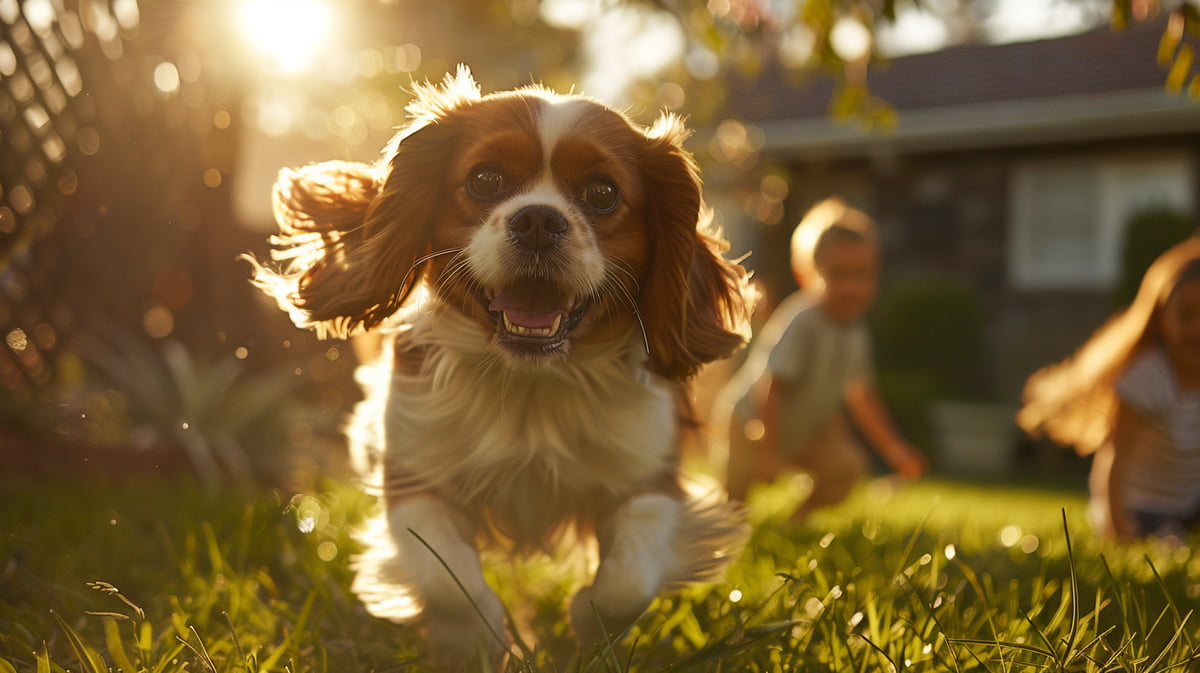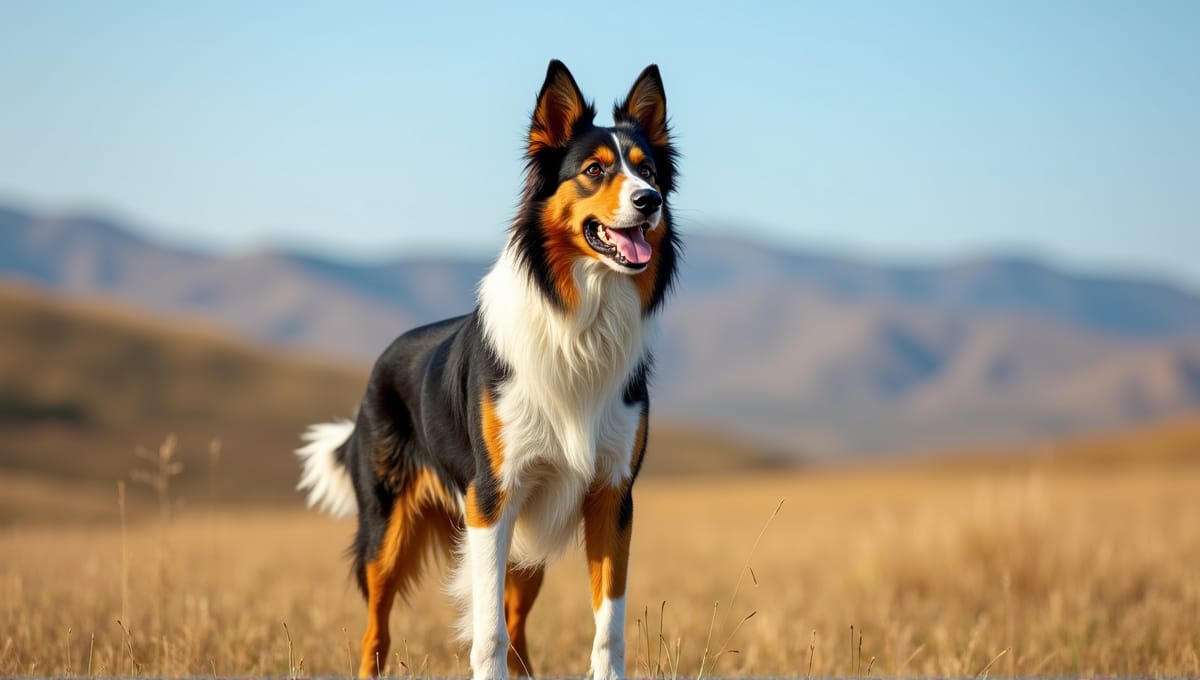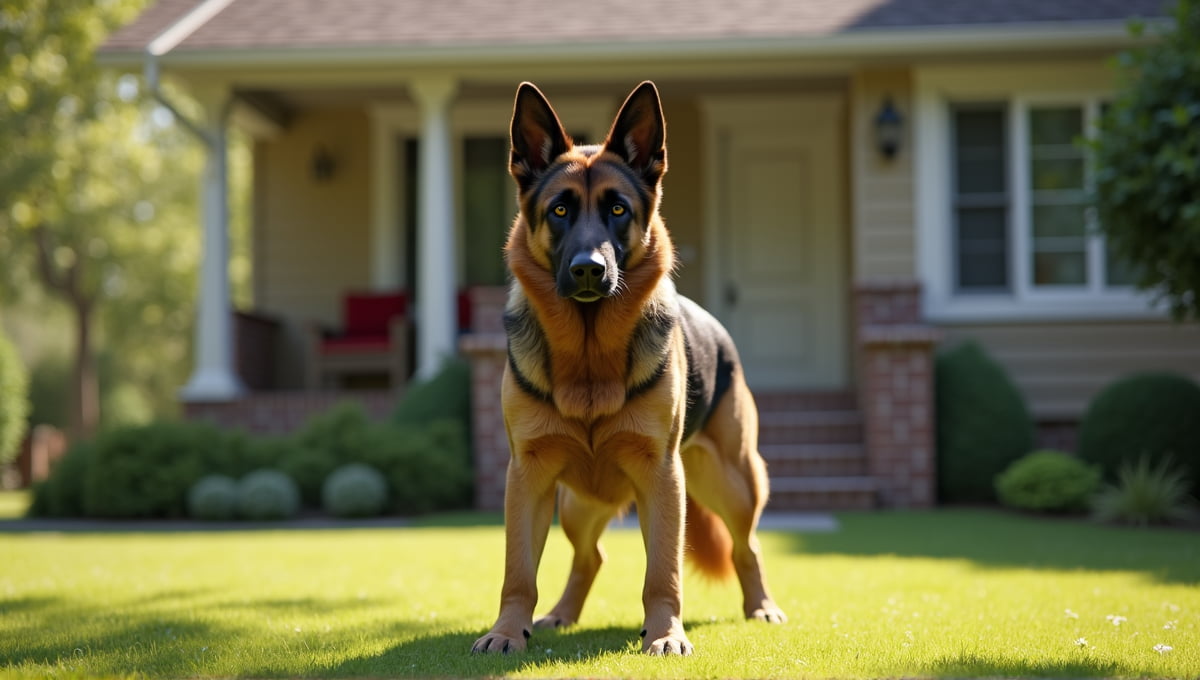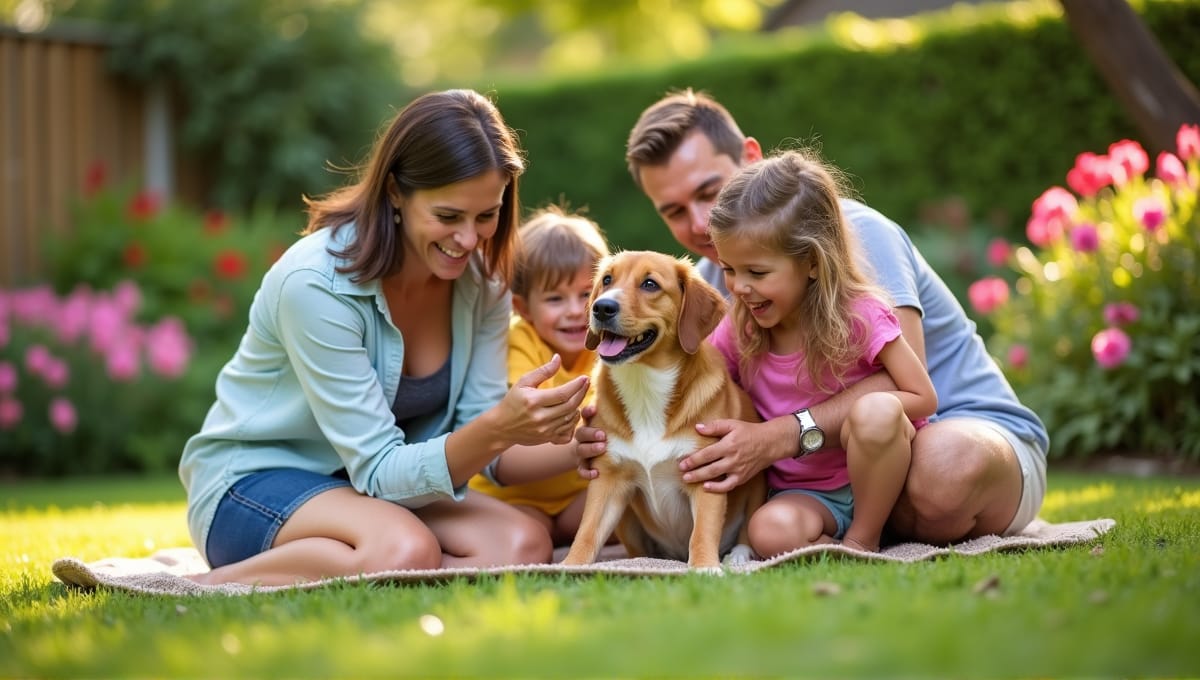Long haired dogs are beautiful creatures. However, they’re not the best choice for everyone. I’ve worked with dogs and their owners of all kinds for many years, so I can help you determine if a long haired breed is right for you. We’ll discuss specific breeds and their grooming requirements and health issues. So let’s dive into the world of long haired dogs.
Long-Haired Dog Breeds: A Comprehensive Guide
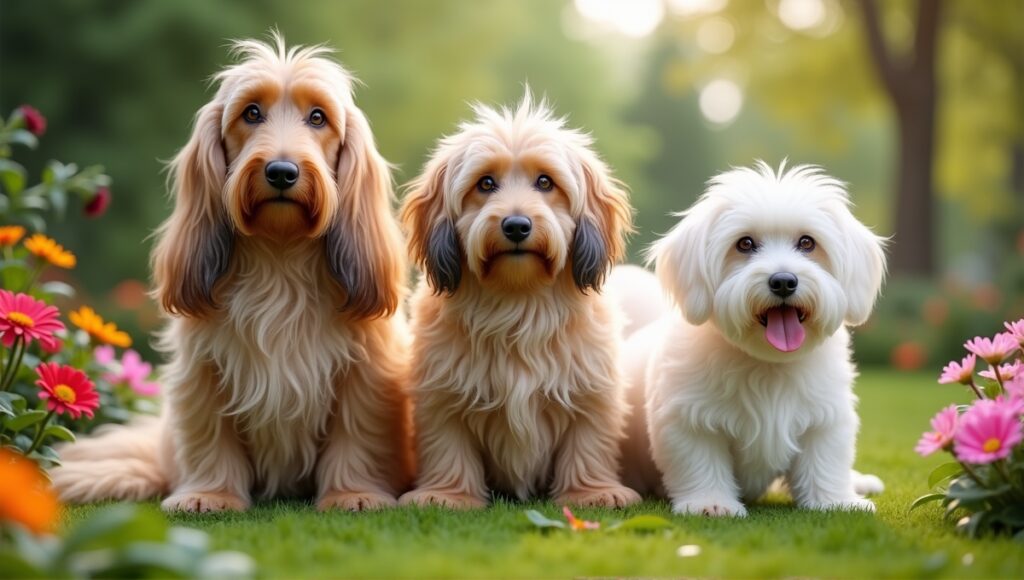
Long-haired dogs are truly magnificent animals, and it’s no wonder they hold a special place in the hearts of many pet enthusiasts. I grew up with dogs of all shapes and sizes on our small hobby farm, and the long-haired breeds always captivated me with their beautiful, flowing coats and regal demeanor. There are many different long-haired dog breeds, each with its own distinct characteristics and care requirements.
Some of the most popular long-haired dog breeds are:
- Afghan Hound
- Bearded Collie
- Rough Collie
- Shih Tzu
- Yorkshire Terrier
- Maltese
- Lhasa Apso
- Old English Sheepdog
While these breeds are quite different in many ways, they do share a few commonalities. Long-haired dogs typically have soft, luxurious coats that require regular maintenance. Many of them also have very long hair, making them easily recognizable. Additionally, most long-haired breeds were originally bred in cold climates, so they have thick coats to help keep them warm.
The history of long-haired dogs dates back thousands of years, with breeds like the Afghan Hound having donned long locks for millennia. However, the Victorian era saw a particularly significant surge in breeding for longer, more decorative coats. This time period, which spanned from 1837 to 1901, significantly shaped many of the long-haired breeds we have today.
You can often differentiate between long-haired breeds by the texture and pattern of their coats. Some long-haired breeds have straight, silky hair, while others boast wavy or even curly coats. Coat colors and patterns also help distinguish between different breeds. Additionally, the length and distribution of hair on the body, head, and legs can be major clues to a breed’s lineage. While long-haired breeds are often admired for their beauty, it’s important to note that some purebred dogs may have specific health concerns related to their lineage.
Genetics and Hair Growth in Long-Haired Dogs
The genetics underlying those flowing long coats is interesting. As someone who has dedicated years to researching canine genetics, I find the hair growth process in dogs to be truly fascinating. A genetic variant of the FGF5 (fibroblast growth factor 5) gene controls long hair in dogs.
Hair growth in dogs is cyclical and has three primary stages:
- Anagen (the active growth phase)
- Catagen (the transition phase)
- Telogen (the resting phase)
Long-haired dogs have a prolonged anagen phase, allowing their hair to grow longer before it eventually falls out. This is why their coat can grow so long.
There are two primary categories of long-haired coats in dogs: single and double coats. Single-coated breeds have a single layer of hair, while double-coated breeds have a soft, downy undercoat beneath a longer, coarser topcoat. This differentiation is important, as it impacts how the dog sheds and regulates their body temperature.
Speaking of shedding, most double-coated breeds shed seasonally twice per year and “blow” their undercoat in anticipation of warmer or cooler weather. Single-coated breeds tend to shed more consistently year-round. Knowing your dog’s coat type is important for proper grooming and care.
Grooming Requirements for Long-Haired Dogs
Grooming longhaired dogs truly is a labor of love. I can’t even begin to count the number of hours I’ve spent brushing, combing, and caring for longhaired dogs. You’ll definitely need to invest a significant amount of time into maintaining your longhaired dog’s coat.
Longhaired breeds require at least 2-3 brushing sessions per week, and some even require daily attention. If you neglect brushing, most longhaired breeds will develop mats within just 2-3 weeks. You’ll also need to take them to a professional groomer every 6-8 weeks to keep their coat in top shape.
For at-home grooming, you’ll need a few essential tools:
- Slicker brush
- Metal comb
- Dematting tool
- Grooming scissors
- High quality dog shampoo and conditioner
The bathing process is also important for longhaired dogs. Use lukewarm water and gently work the shampoo through the coat. Be sure to rinse them extremely well, as any leftover shampoo residue will lead to itching. When it comes to drying, use a low heat setting on your hair dryer, or allow them to air dry naturally in a warm area.
Preventing mats is the ultimate goal. Pay extra attention to areas that are prone to matting, such as behind the ears, under the legs, and around the tail. By brushing longhaired breeds regularly, you help distribute the natural oils throughout their coat, which keeps it healthy and shiny.
Health Considerations for Long-Haired Dogs
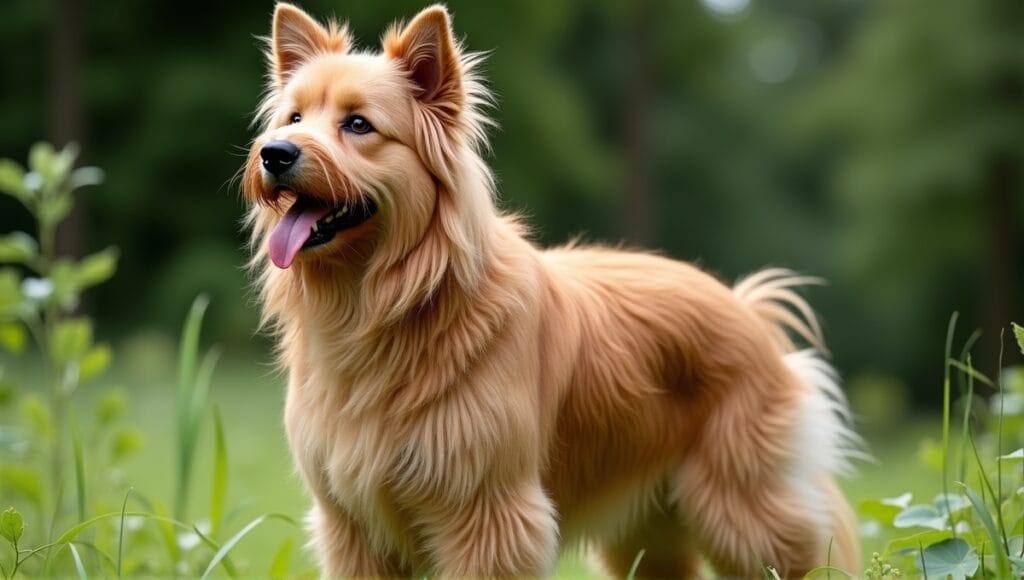
Long-haired dogs have specific health considerations. My time working at a vet clinic revealed the need for vigilant care with these breeds. There are a few things you should watch for.
Skin problems are common with long-haired breeds. Their thick coats can trap moisture, which can then escalate into hot spots and infections. Regularly check the skin under the coat for signs of redness, irritation, or unpleasant smells.
Parasite prevention is imperative. Long hair makes it easy for fleas, ticks, and other pests to hide. Use the appropriate preventatives and check your dog regularly. Use a fine tooth comb to carefully comb through the coat and catch any unwelcome guests.
Help them regulate their temperature. In warmer weather, they’re at risk of overheating. Ensure they always have access to shade and water on hot days. In the winter, their coats act as excellent insulation, but they can pick up ice and snow.
Allergies and sensitivities are also something to be mindful of. Long hair can trap pollen, dust, and other allergens. This can result in skin irritation or respiratory problems. Regular grooming sessions will help remove these irritants from your dog’s coat.
Pros and Cons of Owning a Long-Haired Dog
There are pros and cons to owning a long-haired dog. I have experience living with a variety of dog breeds, and I can say that each long-haired dog has been quite a unique experience.
The benefits of long-haired dogs are that they are typically:
- Beautiful
- Soft and cuddly
- Usually more laid back
- There are often hypoallergenic options
- Great cold climate dogs
However, they also have their drawbacks. The main downside to long-haired dogs is the amount of maintenance required to keep their coat looking nice. You should be prepared to invest in grooming tools and attend regular grooming sessions. Shedding is another common issue with long-haired dogs, so if you’re a clean freak, this may not be the best dog for you. Additionally, many long-haired dogs don’t do well in hot climates unless you keep up with regular grooming.
Long-haired dogs also vary in their adaptability. Some can live in various climates, while others might only thrive in one specific climate. Therefore, it’s important to think about your lifestyle and the climate of where you live before choosing a long-haired breed. If you’re looking for a dog that’s adaptable to different environments, you might want to consider hound dog breeds as an alternative.
Long-Haired Dog Care Tips
Taking care of a long-haired dog requires some extra effort and knowledge, and I’ve honed effective routines through years of experience with various breeds. These tips are general enough to apply to any long-haired dog, so they should be helpful for maintaining your dog’s coat health.
Establish a daily maintenance routine. Brush your dog’s coat for at least 10-15 minutes per day. This daily brushing prevents matting and helps distribute natural oils on the coat. You may need to brush for longer each day if you have a larger breed.
Adjust your care routine by the season. In the summer, brush more often to remove loose undercoat, and in the winter, take steps to protect your dog’s coat from ice and snow buildup. In drier weather, you can use a leave-in conditioner to eliminate static.
Exercise is also important for coat health, as regular activity encourages blood flow to the skin and stimulates healthy hair growth. Just be sure to check your dog’s coat after outdoor activities to ensure you remove any twigs, burrs, or other debris.
Nutrition is also essential for a healthy coat. Make sure your dog’s diet includes plenty of essential fatty acids, specifically omega-3 and omega-6 fatty acids. If your veterinarian suggests it, consider using supplements.
Trimming and Shaving Considerations
Occasionally, long haired dogs require trimming. You can trim areas like the paw pads and around their eyes for hygiene and comfort. However, be conservative with shaving, particularly with double coated breeds. Shaving them can impact their natural temperature regulation and may cause problems with coat regrowth.
Only shave a double coated breed if it’s medically necessary. Their coat is designed to help them stay cool when it’s hot and warm when it’s cold. Shaving disrupts this natural process and could result in long term issues with the coat.
If you stick to these tips, you’ll be prepared to take care of any long haired dog. However, keep in mind that each breed of dog is different, so talk to breed specific professionals for advice. With proper care and attention, your long haired dog will be healthy and happy for years to come. For those looking for a long-haired dog with a more assertive temperament, some bully dog breeds also have long coats and can make excellent companions with proper training and socialization.
A Few Last Words
Long haired dogs are beautiful, but they require more maintenance. Brushing them daily will help prevent tangles and keep their coat in good condition. These breeds are all beautiful and make great companions. However, they do demand more of your time and attention. Evaluate your lifestyle before selecting a long haired dog. With the right care, you’ll have a loyal and loving pet.
And always remember that a well-groomed dog is a happy dog. Grooming your dog will also help you build a stronger relationship with your furry friend and ensure they’re comfortable throughout the year.


